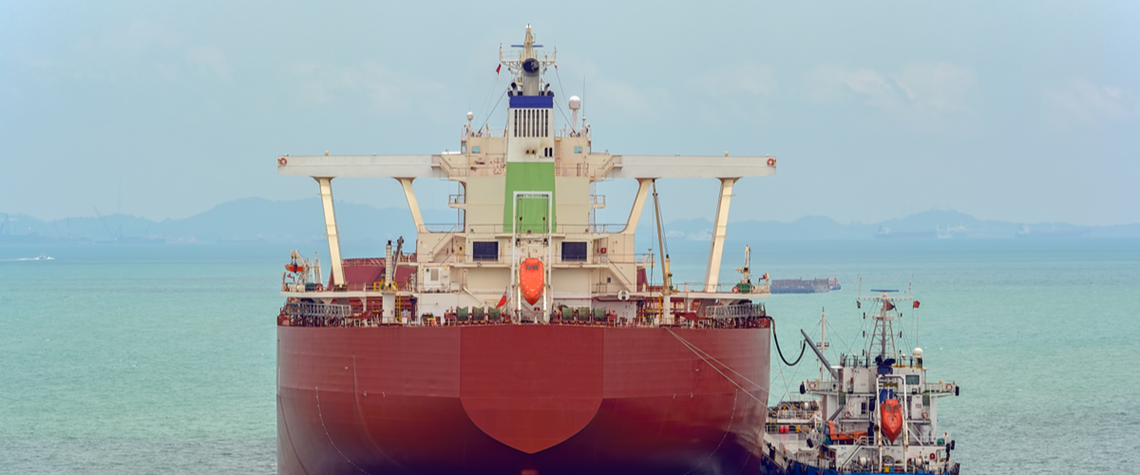New shipping fuels need lifecycle emissions analysis
IMO developing well-to-wake methodology amid calls for robust assessment of clean fuels’ green credentials, conference speakers say
New fuels under consideration by the shipping industry as low- or zero-carbon alternatives to diesel bunker should have their green credentials assessed along their entire value chain, from the upstream point of production to downstream end-use, industry experts urged at a conference on Wednesday. Potential future low-carbon and zero-carbon fuels for shipping—from methanol and ammonia, to hydrogen and LNG—have diverse production pathways that entail significant differences in their overall environmental footprint. This makes it important to assess the greenhouse gas (GHG) emissions across the lifecycle of a fuel, from its production until it is used to fuel a vessel, rather than just the las

Also in this section
22 July 2025
Sinopec hosts launch of global sharing platform as Beijing looks to draw on international investors and expertise
22 July 2025
Africa’s most populous nation puts cap-and-trade and voluntary markets at the centre of its emerging strategy to achieve net zero by 2060
17 July 2025
Oil and gas companies will face penalties if they fail to reach the EU’s binding CO₂ injection targets for 2030, but they could also risk building underused and unprofitable CCS infrastructure
9 July 2025
Latin American country plans a cap-and-trade system and supports the scale-up of CCS as it prepares to host COP30








